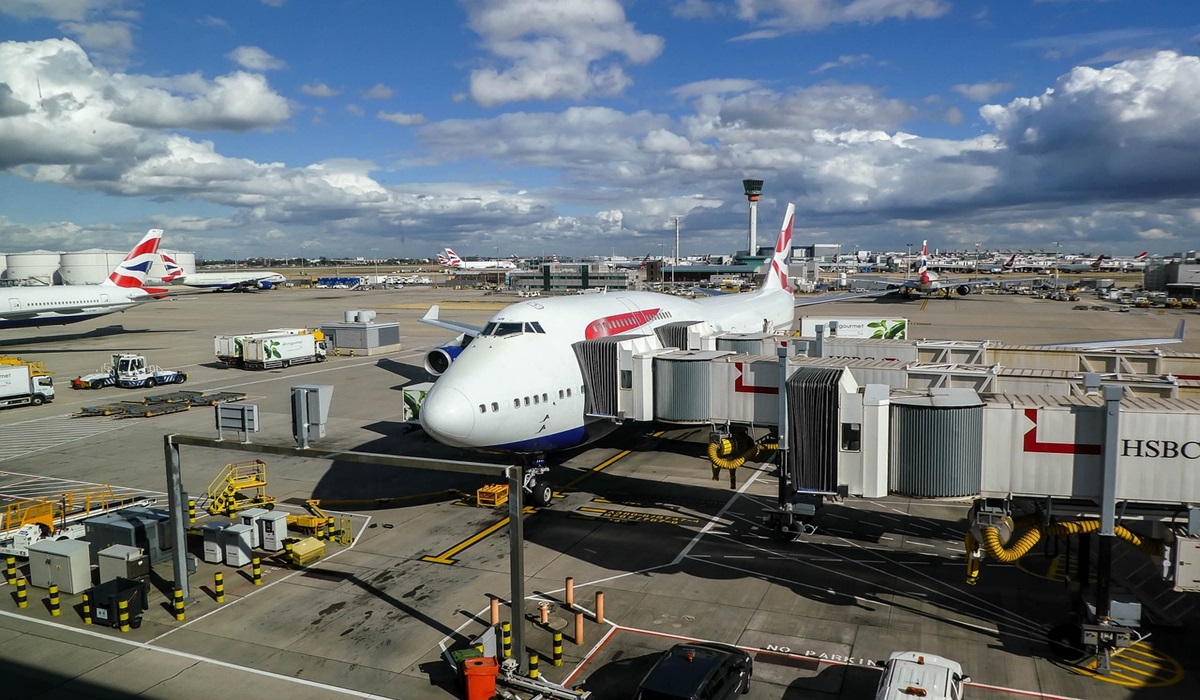Catastrophe at Heathrow: Fire Triggers Massive Delays, Raises Serious Safety Questions
- Naomi Dela Cruz
- Breaking News
- March 21, 2025

Image Credit, Joe Breuer
A massive fire erupted at London’s Heathrow Airport earlier today, plunging one of the world’s busiest aviation hubs into chaos and grounding hundreds of flights. Initial reports suggest the blaze started in a maintenance area near Terminal 3, with black smoke billowing into the sky, visible from miles away. Emergency services responded within minutes, but the extent of the damage has already crippled operations.
While investigators have not confirmed the exact cause, early indications point to a possible electrical fault in the underbelly of the airport’s infrastructure—a scenario that raises red flags about Heathrow’s aging facilities and the broader vulnerabilities of global transport networks. According to the UK Civil Aviation Authority, Heathrow handles over 80 million passengers annually. Today, thousands of travelers found themselves stranded, their itineraries shattered by the fire and cascading delays that stretched into the evening.
Flight tracking services reported more than 450 cancellations and diversions. Airlines are scrambling to rebook passengers, with some warning that the disruption could stretch into the weekend. Luggage systems were also impacted, compounding the nightmare for those whose flights did take off. British Airways, one of the main carriers affected, issued a terse statement citing safety concerns, but offered little solace to passengers who missed international connections or critical appointments.
This fire isn’t just an isolated incident—it’s a wake-up call. When an airport of this magnitude buckles under a single point of failure, it exposes the fragility of global mobility in an era where even a few hours of disruption have ripple effects across continents. With Heathrow already embroiled in heated debates over expansion, carbon footprints, and strikes, this latest catastrophe only intensifies the scrutiny.








